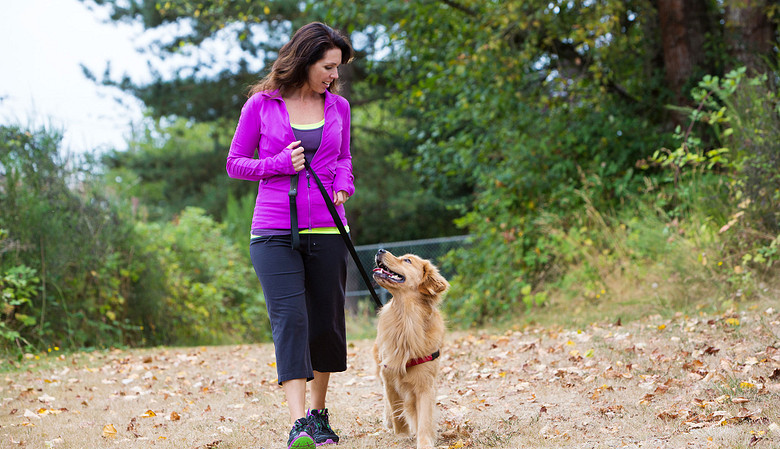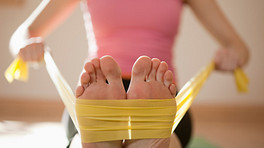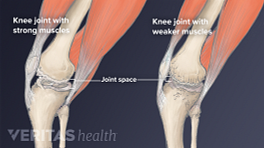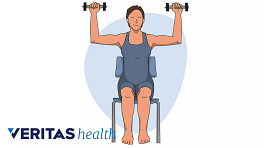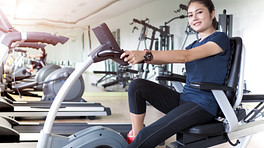If you have arthritis and do not exercise regularly, try walking. Walking is the best way to begin the transition from inactivity to activity—even if you have arthritis in a weight-bearing joint like your knee or hip.
Walking is a low-impact activity that can help relieve arthritis pain, stiffness, and swelling, but that’s not the only reason walking can be a great form of exercise.
Why walking is the first step to better health
Here are some of the advantages of walking:
- It’s easy. Since it is our natural form of locomotion as humans, you already know how to do it. No need for a class or training—jump right in.
- It’s free. Walking doesn’t cost anything or require special equipment. You can start in your own neighborhood or a nearby park. If weather or safety are concerns, go to a mall or another large indoor space.
- It uses the whole body. Almost all of the major muscle groups are needed to maintain motion, balance, and posture while walking. Even arm and shoulder muscles get used during fast-paced walking.
- It burns calories. Walking burns calories and can help you maintain a healthy weight.
- It’s a mood booster. There are many ways walking can potentially to boost your mood. Physical activity promotes the release of chemicals called endorphins in the brain, which elevates mood. If you walk outside in nature, that can also improve your mood. If you walk with friends, it can be a fun time to socialize.
In addition, as you walk more and become more active, you’ll become more confident in your physical abilities.
See Ways to Get Exercise When You Have Arthritis
Tips for getting started with walking
Ideally, you should aim for 150 minutes of moderate exercise each week. This equals 30 minutes of exercise 5 times a week. If you’re inactive now, build up to this goal gradually.
Start slow and easy, and progressively increase your walking time and pace. For example, if you can walk for 10 minutes each day after dinner this week, aim to walk for 15 minutes next week. The goal is to stay committed to activity. Map out a route that brings you back home after achieving your distance goal. Small victories can build confidence.
If you have pain or weakness in a weight-bearing joint like your hip or knee, you may find that trekking poles give you the stability and pain relief you need to walk long distances.
If walking is too painful or difficult for you, there are still ways you can be physically active. You can do simple stretching and strength-building exercises at home. Or try water therapy, where buoyancy can take the pressure off aching joint.
See Water Therapy for Osteoarthritis
Finally, a little muscle soreness is fine after exercising and will decrease as you become more active, but stop walking or exercise right away if you feel severe pain or sudden, sharp pain in any joint.
